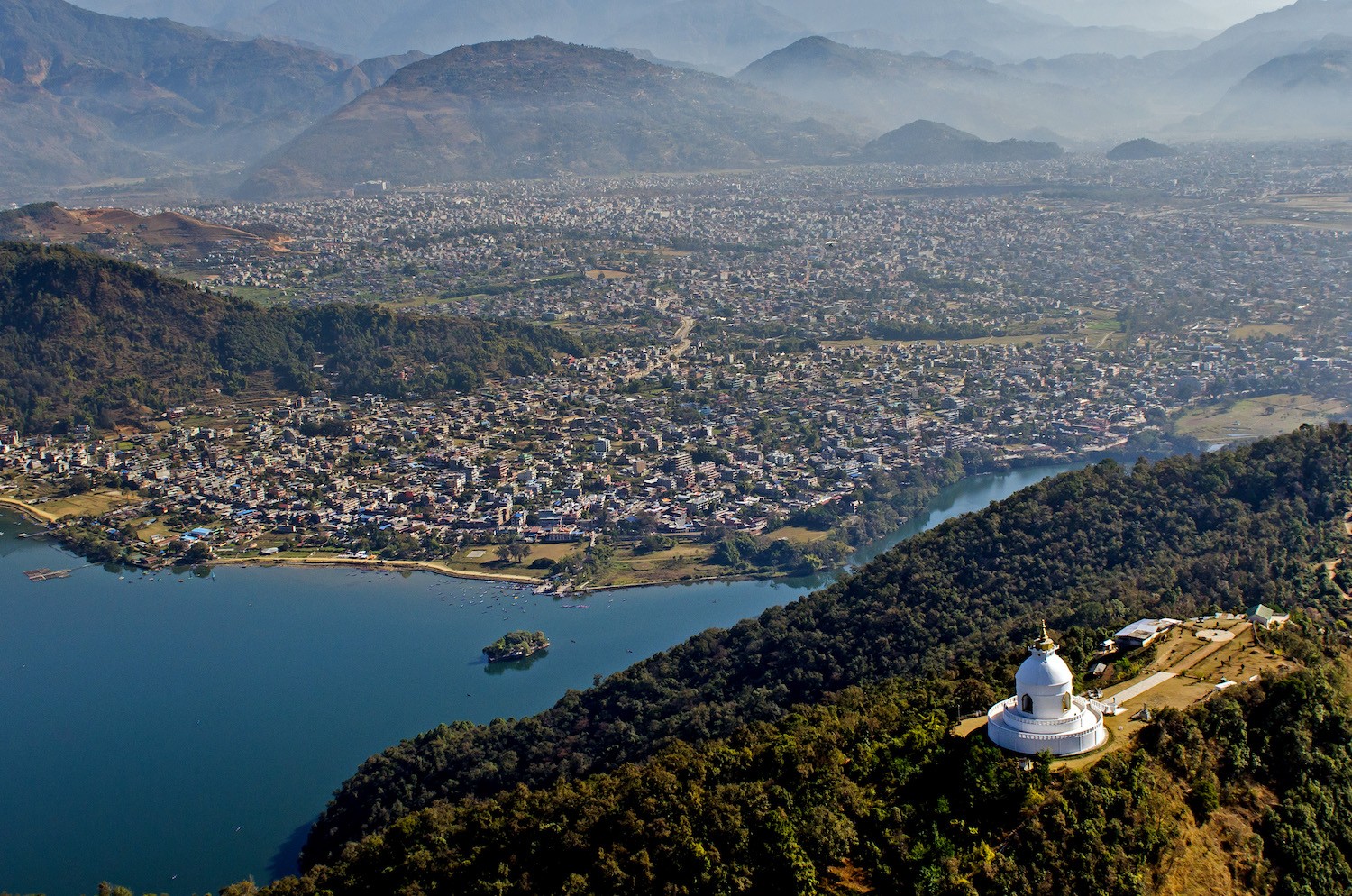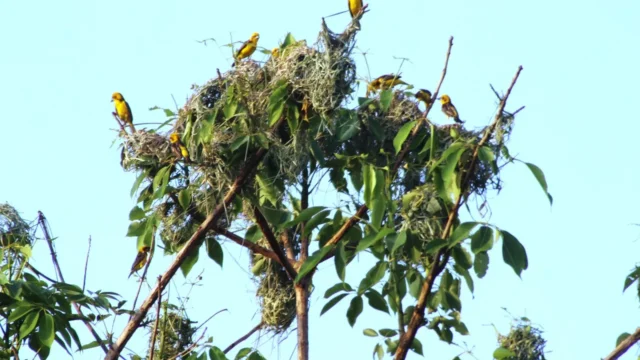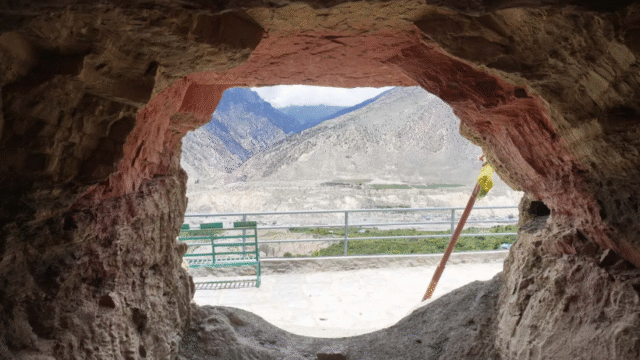The need to expand the scope of Pokhara as a tourism capital was highlighted in a recent event organized by the Metropolitan Urban Planning Commission and supported by USAID T&C. Participants in the program underscored the importance of broadening the tourism capital’s scope beyond its current boundaries.
During the presentation of the draft strategic action plan, Dr. Pranil Upadhyay urged stakeholders to provide their suggestions. Inaugurating the program, Dhanraj Acharya, Chief of Pokhara Metropolitan City, emphasized that Pokhara is a destination for nature, culture, and adventure tourism. He noted that these assets should be preserved to develop Pokhara into a dream city.
Chief Acharya stressed the importance of moving forward with the concept of Greater Pokhara without limiting the tourism capital. He announced the launch of ‘Pokhara Visit Year 2025’ to promote tourism in the region.
Bobarjung Gurung, founding president of the Gurung Tourism Entrepreneurs Association Gandaki Province and former president of the Nepal Tourism Transport Entrepreneurs Association (NTVEA) Gandaki Province, emphasized that the strategic action plan should not be confined to the 33 wards of the metropolis alone. Highlighting the numerous potential tourist destinations in the entire province, he suggested unveiling these possibilities.
Gurung pointed out the religious tourism potential of areas like Damodar Kunda in Gandaki Province. He advocated for creating a conducive environment for visiting these areas, mentioning that tourists currently need to pay $500 for a ten-day visit to Damodar Kunda. He suggested revising this requirement to a daily fee of $50 to accommodate tourists’ needs.
Expressing gratitude, Gurung acknowledged the promotion of the Gurung Heritage Trail, which includes ancient settlements from Tangting to Besisahar. He urged that this trail be incorporated into the strategic action plan for the tourism capital.
Pomanarayan Shrestha, President of the Pokhara Tourism Council, emphasized the need for information centers at entry points to collect accurate tourist statistics. Uday Subedi, the coordinator of the Homestay Management Committee, highlighted the significance of destinations like Kaskikot, the origin of the Shah dynasty, in the tourism plan.
Dhrubnath Adhikari, President of the Begnas Lake Religious and Tourism Development Association, stressed the importance of collaboration and unity among all stakeholders for the success of any plan. Dharamraj Panthi, President of TAAN Gandaki, emphasized the need to manage trekking routes around Pokhara to develop trekking tourism. He also called for marking ‘Annapurna Day’ on the calendar to promote the tourism capital.
Hari Adhikari, President of the Khaste Neureni Conservation Committee, suggested linking the Jesthi Talbarahi Temple and the planned Shiva Park in Khaste Lake to religious tourism. Participants also proposed connecting water resources like Furse Khola, Suraudi Khola, and Khudi Khola in and around Pokhara to water tourism.
The program, chaired by Prem Lal Lamichhane, Vice President of the Urban Planning Commission of Pokhara Metropolitan City, saw inputs from commission member Surendra Babu Tiwari, USAID representatives, Bharat Prasad Tiwari, President of Maidital Fish and Agriculture Cooperative, social worker Ashok Palikhe, and Bamdav Dhungana.





